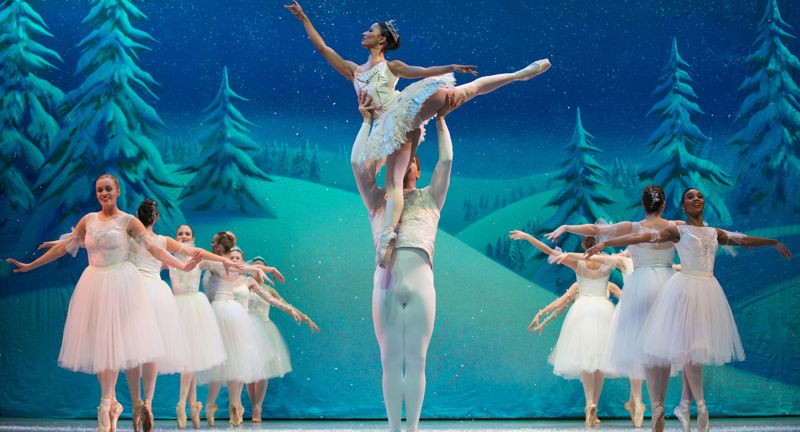 James Taylor
James Taylor
John Paul Jones Arena
Thursday, August 17
music It’s a truth universally acknowledged that the concerts of aging pop stars take on two distinct forms: 1) unanticipated choices in the song list are met with polite or semi-rapt attention, and 2) old favorites produce a surge—nay, a frenzy—of affection that is as close as human beings get to being a collective source of clean energy.
James Taylor’s show last Thursday at the new John Paul Jones Arena was no exception, of course. “Fire and Rain” and “Carolina In My Mind” have practically reached psalm-status, and as JT belted them out (beautifully, of course), the audience was the very picture of a fully engaged congregation. And they bounced and swayed to jaunty feel-good numbers like “Mexico” and “How Sweet It is (To Be Loved By You)” with the intense joy that’s born of expectations fulfilled. In contrast, the applause that followed the traditional “The Water Is Wide” and the title track from Taylor’s latest album sounded like distant thunder.
But all this doesn’t mean that the concert was disjointed. Taylor has the clout to put together a superb band, and his current one—featuring the legendary Steve Gadd on drums, and Larry Goldings, well known in the jazz world as a pianist and organist—can sell any tune, whether the audience is ready to buy it or not. They have the ability to lend tinkling folk music a booming heft without drowning out its essential roots, as well as to play the blues like the devil. Taylor spent at least a snippet of several songs, such as “Oh What A Beautiful Morning” from the musical Oklahoma, playing solo. Above and beyond whatever he’s singing or strumming, his unique ability to command an arena with flawless vocal stylings wedded to crystalline acoustic guitar playing has never been more fascinating.
Nearing 60, Taylor seems inured to praise, which gives him an appealing stage presence—what other reason is he up there except to keep his songs and his particular musical sensibility alive? He also seems genuinely grateful for a loyal fan base. The audience in The John was like a who’s who of Charlottesville Baby Boomers. The air was thick with adult respectability. But there was a sprinkling of younger people, including a small group of girls (“women” doesn’t seem appropriate in this case) who screamed at Taylor between songs: “You’re hot! Can we come back stage?!” Appearing baffled, as if the concept of time had receded along with his hairline and he was again a young star, Taylor said sheepishly, “This could get ugly.”
The music sure never did.—Doug Nordfors
 “The Strength of the Human Spirit”
“The Strength of the Human Spirit”
Christopher L. Morris
Hotcakes
Through September 9
art Christopher L. Morris is a photographer who has so carefully honed his craft that he can’t help but pay homage to his predecessors (you just have to see his “Artist’s Statement”). It’s as if he’s part of the same tribe, understands the same language, and those who are gone come to life from behind the shadows. Some say it’s all been done before, but Morris still manages to make each black and white uniquely his own.
In a tightly cropped photo (one of many now on display at Hotcakes), an elderly woman clasps her hands above her head as if fatigue has driven her almost to prayer. In the picture, viewers can find the same reverence for the human spirit paired with a stark reality once exhibited by Dorothea Lange in her Depression-era photos. Morris, however, goes on to celebrate the human form for its purely aesthetic beauty, and frames the woman’s delicate hands, rendered in shades of gray and light, so they rise like a sculpture from the center of the image.
In another compelling photograph, a still life of melons resting on what appears to be the metal of a truck, viewers may recall the graphic, patterned representation of everyday items made popular by Paul Strand in the early 1900s. Yet, the beauty of Morris’ photo lies in the tension that is created between abstract patterns that almost threaten to obscure the recognizable objects (think Escher), but never completely do (unlike Strand’s).
Also included in this show is Morris’ poignant image of a mother embracing her daughter set squarely against the backdrop of a distant house. The picture is reminiscent of the work by the renowned Walker Evans, a man known for his frontal, documentary-style photos. Yet, where Evans’ images were often of signs and strangers, the people and their land in Morris’ photos are obviously known and beloved by the artist.
Morris acknowledges that these pictures are part of a “photographic essay” and it’s apparent that he builds connections not only to innovators of the past, but also between his own photos. The circle motif is repeated in many images: Eggs, cabbages and melons each fill separate picture frames. An old shed is the backdrop in a couple of shots to reflect the shadows of tree limbs and people just beyond the lens. And hands are frequently featured—just like the old woman’s—reaching forward yet back in time.—Karrie Bos





